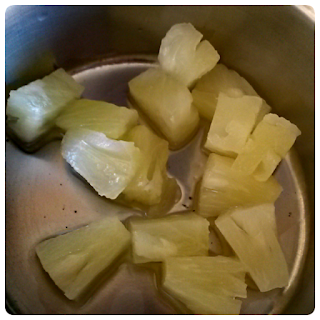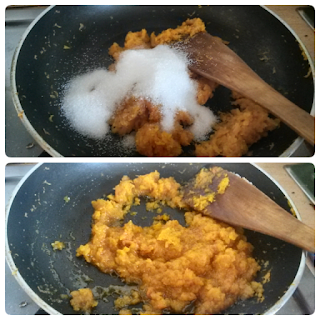Prawn Kozhambu:
Prawn Kozhambu recipe
Garlic - 4 cloves
Sombhu/ Fennel - 1/2 tbsp
To Temper:
Mustard - 1/4 tsp
Cumin - 1/4 tsp
Red chilly - 1 no
Prawn is a common name, used particularly in the United Kingdom, Ireland, and Commonwealth nations, for large swimming crustaceans or shrimp, especially those with commercial significance in the seafood industry. Shrimp that fall in this category often belong to the suborder Dendrobranchiata. In North America, the term is used less frequently, typically for freshwater shrimp.
The Indian prawn is one of the major commercial prawn species of the world. It is found in the Indo-West Pacific from eastern and south-eastern Africa, through India, Malaysia and Indonesia to southern China and northern Australia.The Indian prawn is commonly called as Jhinga, Chingri, Sungat in Hindi and Marathi respectively. It is called as Eraa in Tamilnadu. It is called as Chemeen in kerala. It is called "Royya" in Telugu.
Traditionally the shrimp are exported as head-on, headless, tail-on or frozen in blocks. The profit can be increased by value-addition to the shrimp in the form of shrimp pickles, cutlets, battered, ready-to-cook, etc. Prawns are an excellent source of high-quality protein and several important vitamins and minerals that support your good health. Prawns are low in calories and contain no carbohydrates. Although the cholesterol content of prawns is significant, these shellfish also contain heart-healthy, omega-3 fatty acids.Now I am going to explain the procedure to cook Prawn Kozhambu.
Recipe Cuisine: Indian | Recipe Category: Lunch
Prep Time:5 mins | Cook time: 10 mins | Serves:2
Prep Time:5 mins | Cook time: 10 mins | Serves:2
Ingredients
Prawns - 1 kg
Onions - 2 big sized
Tomatoes - 2 big sized
Garlic - 4 small pieces
Garlic - 4 small pieces
Turmeric powder - 1/2tsp
Chilly powder (Dhaniya powder mixed)- 1 tsp
Garam masala - 1/2 tsp (optional)
Garlic - 4 cloves
Sombhu/ Fennel - 1/2 tbsp
Salt - needed
Coriander leaves - few
Curry leaves - 1 strand
Oil - 2 tbsp
_________________________________________________________________________________
Mustard - 1/4 tsp
Cumin - 1/4 tsp
Red chilly - 1 no
-----------------------------------------------------------------------------------------------------------------------
Method:
- First wash the prawns and remove the head and tail parts. Also clean up the black thread like spine of the prawns. Wash them with 1/4 tsp turmeric powder and set aside.Meantime grind the onions and ginger in a mixie. Also mash the garlic and fennel together in a mortar and set aside.
- Take a pan add oil, splutter the ingredients in the temper table. When the ingredients splutter add curry leaves.Add the mashed garlic fennel paste and saute well. Now add the ground onion paste and mix well. Add salt and turmeric powder and mix well until it forms a non sticky paste texture.
- Now grind the tomatoes and add the paste and mix well.Add the powders, salt and mix well. You can add 1 sliced green chilly and saute well.
- Add 1cup water and mix well and allow it to boil. Cook well by lid closed. Add the chopped coriander leaves.
- When the gravy is boiling well add the prawns and mix well. Cook with lid closed untill oil starts separating from the kozhambu.
- Enjoy the Prawn Kozhambu with Rice.!!!




















































